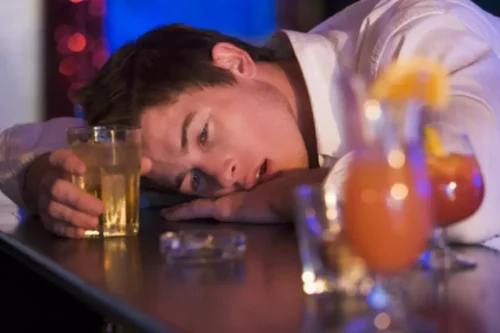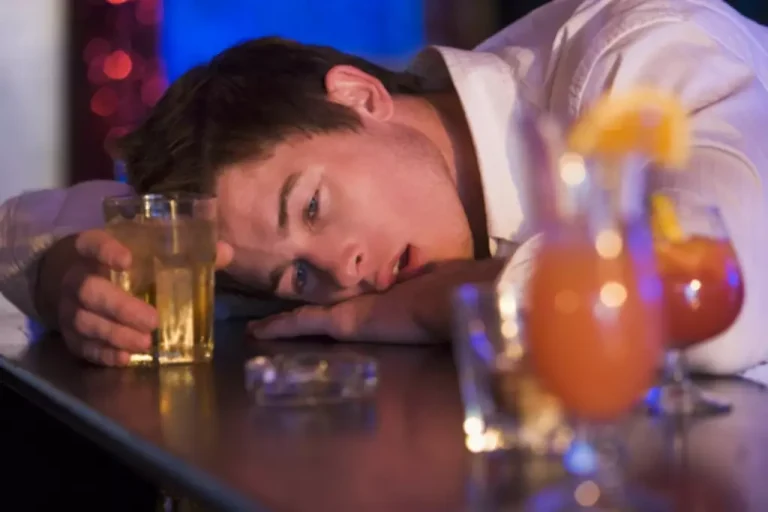The Dopamine System in Mediating Alcohol Effects in Humans SpringerLink

This allostasis is characterized by aberrant glutamate, GABA, and opioid signaling, as well as, a dysfunction in nigrostriatal and mesolimbic dopamine transmission 16, 17. The mechanisms underlying this dysregulation of dopamine transmission are not well understood, particularly in a primate brain. Therefore, in the current study, we used fast-scan cyclic voltammetry (FSCV) to study dopamine release dynamics in striatal slices from long-term alcohol drinking and control rhesus macaques. This method allows for examination of dopamine release and its regulation on a subsecond time scale that has seldom been used in NHPs 18,19,20,21,22,23,24. Furthermore, FSCV allows for the study of dopamine uptake using Michaelis–Menten based kinetic modeling of uptake parameters, allowing researchers to assess dopamine transporter function. Finally, we can pharmacologically probe the contribution of different regulatory systems, including the D2 dopamine autoreceptor and nicotinic acetylcholine receptor (nAChR), to dopamine release.
- This is why the signs of overindulgence include slurred speech, bad or antisocial behavior, trouble walking, and difficulty performing manual tasks.
- We also offer other amenities such as dietician-prepared meals, mindfulness-based meditation training, outings, and fitness training.
- It’s worth noting that alcohol is not the only substance that affects dopamine levels.
How to Prevent Substance Abuse in ADHD Patients
- Finally, we found that blockade of nicotinic acetylcholine receptors inhibited evoked dopamine release in nonhuman primates.
- Some teens believe cannabis helps with ADHD symptoms or medication side effects, but research shows it may actually worsen inattention.
- While AB is difficult to model in rodents, much is known about Pavlovian conditioned responses to reward-predictive cues.
- Ethanol is a liposoluble neurotropic substance which penetrates the blood-brain barrier and inhibits central nervous system (CNS) functions; it is directly toxic to the brain.
- Thiamine deficiency in alcohol dependence occurs because of poor absorption of thiamine from the GI tract, impaired thiamine storage and reduced thiamine phosphorylation in the brain, reducing the amount of active thiamine in the brain.
It’s worth noting that alcohol what is alcoholism is not the only substance that affects dopamine levels. For instance, marijuana also impacts dopamine in complex ways, and even non-drug substances like aspartame have been studied for their effects on dopamine. Understanding these various influences on our brain’s reward system can help individuals make informed decisions about substance use and overall health. Given the central role of dopamine in alcohol addiction, researchers are exploring potential treatments targeting the dopamine system for alcohol use disorders.
Dopamine and Social Media: The Neuroscience Behind Digital Addiction

If you do choose to drink, your body’s response to =https://ecosoberhouse.com/ alcohol depends on many factors. These include your age, gender, overall health, body weight, how much you drink, how long you have been drinking and how often you normally drink. “Intoxication occurs when alcohol intake exceeds your body’s ability to metabolize alcohol and break it down,” explains Amanda Donald, MD, a specialist in addiction medicine at Northwestern Medicine. Even with alcohol’s effect on dopamine production, you don’t have to continue drinking.
About this chapter

Dopamine’s effects on neuronal function depend on the specific dopamine-receptor subtype that is activated on the postsynaptic cell. For example, different subpopulations of neurons in the striatum carry different dopamine receptors on their surfaces (Le Moine et al. 1990, 1991; Gerfen 1992). Dopamine binding to D1 receptors enhances the excitatory effects that result from glutamate’s interaction with alcohol and dopamine a specific glutamate receptor subtype (i.e., the NMDA receptor4).

In fact, the interaction between GABA and dopamine is an area of ongoing research in addiction science. The short-term effects of alcohol on dopamine levels have been a subject of extensive research in neuroscience. Sipping that cocktail might feel like pure bliss, but your brain’s dopamine dance tells a far more complex tale. The relationship between alcohol and dopamine, a crucial neurotransmitter in our brain’s reward system, is intricate and multifaceted. Understanding this connection is essential for grasping the full impact of alcohol on our brain chemistry and overall well-being.
Weed and Dopamine: The Complex Relationship Between Cannabis and Brain…
Animal studies demonstrate that mesolimbic dopamine projections from the VTA to the NAc play a critical role in both Pavlovian conditioning and expression of conditioned responses, which are often conceptualized as a preclinical model of AB 16, 17. Human neuroimaging work also indicates a role of dopamine release, specifically within the anterior caudate, in generalized reward conditioning 84. In addition to conditioned responding, the AB tasks employed in the current study also require attentional processes such as alerting, and orientating to stimuli, and executive control function processes relying on dopamine 85. Thus, the observed AB changes following P/T depletion reflect not only changes to dopamine transients 57 in response to conditioned cues 18, 19, but also changes to catecholamine systems involved in attention and cognitive control. While data suggest that P/T depletion affects dopamine more than norepinephrine 50, 58, 86, 87, changes to norepinephrine systems could contribute to the effects reported here.
- While drinking initially boosts a person’s dopamine levels, the brain adapts to the dopamine overload with continued alcohol use.
- “Will a person’s dopamine levels stay messed up forever if he or she becomes hooked to alcohol?
- Several studies have shown that changes in the DA system in the CNS can influence drinking behaviors both in animals and in humans.
- It has a significant impact on our ability to think and plan, in addition to providing pleasure.
Opioid systems involving endogenous opioids (endorphins, enkephalins and dynorphins) influence drinking behaviour via interaction with the mesolimbic system. There is evidence of a link between serotonin deficiency, impulsivity and drinking behaviour which may explain the role of SSRIs in suppressing alcohol reinforced behaviour in some alcohol-dependent patients. Understanding these individual variations is crucial for developing personalized approaches to alcohol use prevention and treatment. It highlights the need for tailored interventions that take into account a person’s unique genetic makeup, drinking history, and personal circumstances. “If you’re using alcohol to cope with stress or anxiety, if you’re going out and intending to drink one drink and you’re not able to stop yourself from drinking, it’s important to talk to your doctor and meet with a specialist,” encourages Dr. Anand.

